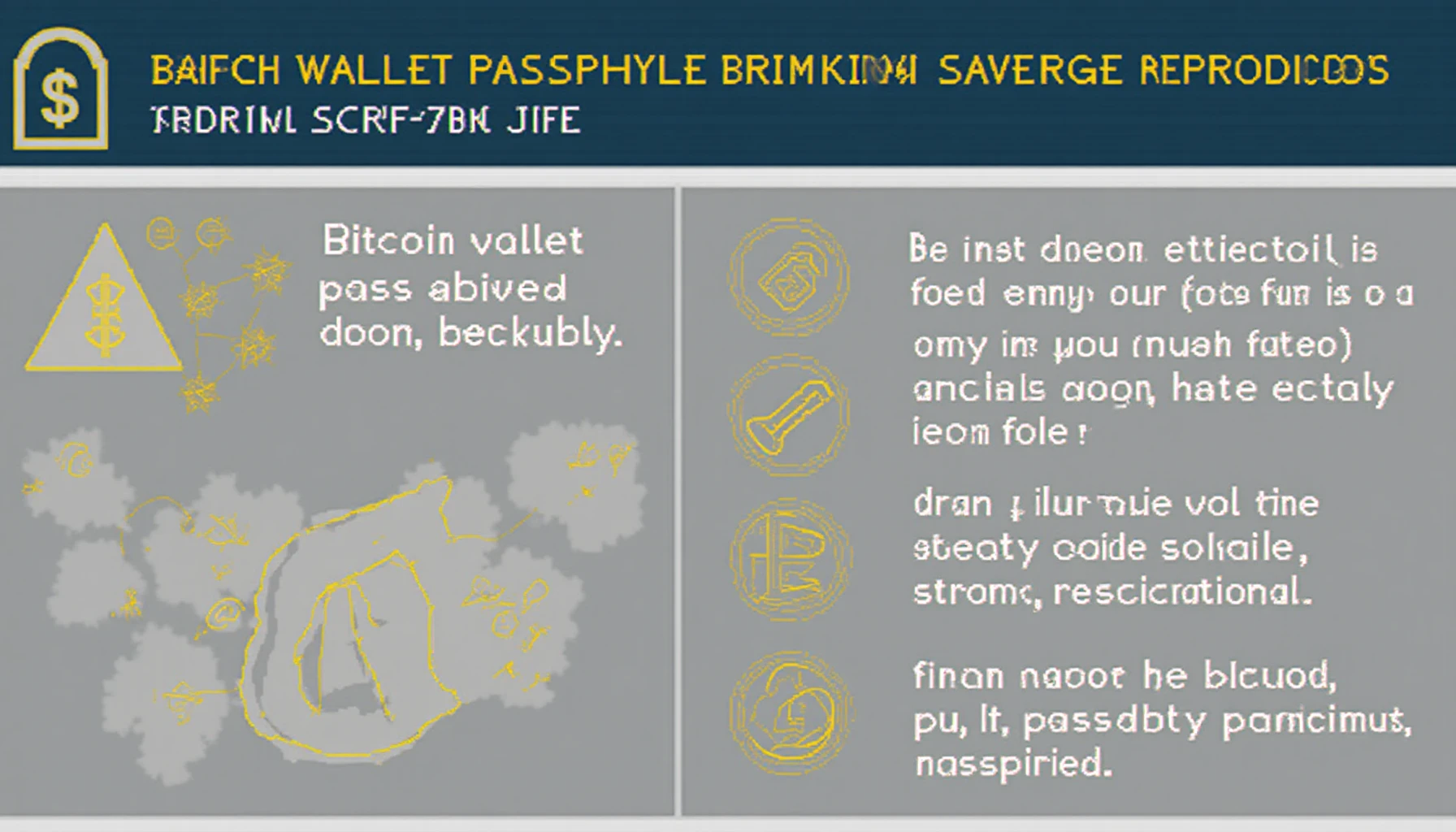Introduction: Are You Aware of Passphrase Vulnerabilities?
With over 500 million cryptocurrency holders worldwide, it’s surprising that only about 23% employ effective security measures for their digital wallets. Are you among the majority unaware of how to keep your Bitcoin wallet passphrase secure? In this article, we will explore best practices for protecting your wallet passphrase, ensuring your assets remain safe from prying eyes.
Understanding Passphrase vs. Password: What’s the Difference?
When it comes to securing your Bitcoin wallet, it’s crucial to understand the difference between a passphrase and a password. While both serve as protective barriers, a passphrase is generally longer and often consists of a sequence of words, making it harder to crack.
- Example: A password might be ‘rainsun123’, while a passphrase can be ‘Sunny days at the beach in June!’
Best Practices for Creating a Strong Bitcoin Wallet Passphrase
When generating your wallet passphrase, consider the following practices:

- Length is Key: Aim for a passphrase that is at least 12-16 characters.
- Include Special Characters: Use a mix of uppercase, lowercase, numbers, and symbols.
- Avoid Common Phrases: Don’t use easily guessable phrases like your birthday or ‘password’.
For instance, instead of ‘mydog123’, consider something like ‘MyPoodleSnoozes@CoffeeShop!’. This complexity adds layers of security.
How to Store Your Passphrase Securely
Even the strongest passphrase is useless if it is poorly stored. Here are effective methods:
- Use a Password Manager: Tools like LastPass or 1Password can securely save your passphrases.
- Write It Down Securely: If you prefer the old-fashioned way, store your passphrase in a locked safe.
- Enable Two-Factor Authentication: Combining something you know (your passphrase) with something you have (your phone) significantly heightens security.
Common Mistakes to Avoid in Passphrase Security
To minimize risks, avoid these frequent pitfalls:
- Reusing Passphrases: Each digital platform should have its unique passphrase.
- Neglecting Updates: Regularly change your passphrase, especially after any security breaches.
- Ignoring Phishing Attempts: Always double-check URLs and avoid entering your passphrase on insecure websites.
For example, using the same passphrase across multiple platforms can compromise your security if one is breached.
Conclusion: Secure Your Digital Future
In today’s digital age, a secure Bitcoin wallet passphrase is your first line of defense against theft. By following the best practices outlined above, you can considerably reduce the risk of unauthorized access to your funds. Don’t wait until it’s too late—implement these strategies today to secure your financial future!
To learn more about securing your digital assets, download our comprehensive safe wallet guide!


